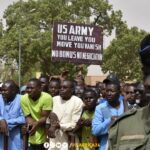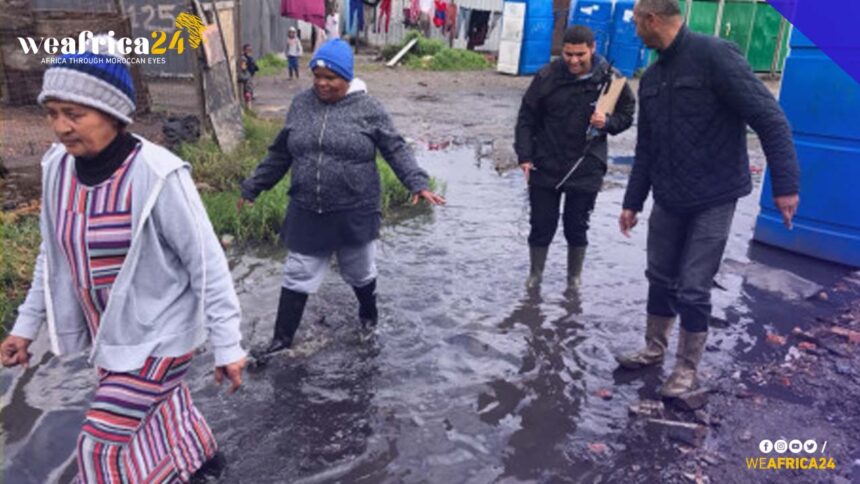Witnesses in the suburbs of Omdurman, northwest of Khartoum, reported intense clashes and shelling between the army and the Rapid Support Forces (RSF) on Sunday. Meanwhile, a humanitarian organization warned that the ongoing conflict posed a significant risk of disease outbreak and malnutrition among children in displacement camps.
Residents described violent clashes involving various weapons in neighborhoods such as Arab, Souk Alshaabi, and Al-Arada. Fighter jets were also seen flying over the capital and its outskirts, according to the local population.
These events followed a recent attack by the RSF on the headquarters of the armored forces in Khartoum, while shelling targeted areas in northern Khartoum, as reported by witnesses.
Since April 15 of this year, Sudan has been witnessing battles between the army led by Abdel Fattah al-Burhan and the RSF under the command of Mohamed Hamdan Dagalo, known as “Hemetti.” This conflict has resulted in approximately 2,800 deaths and displaced over 2.8 million people.
The epicenter of the fighting remains the capital and its nearby areas, along with the Darfur region in western Sudan. The United Nations has warned that the situation could amount to “crimes against humanity” with ethnic dimensions.
Humanitarian Crisis Deepens as Sudan’s Displaced Struggle for Survival
More than 600,000 internally displaced persons have sought refuge in neighboring countries, particularly Egypt to the north and Chad to the west. Chad, which shares a border with Darfur, has received thousands of fleeing individuals, an area equal to a quarter of Sudan’s size.
Even before the current conflict, Sudan was considered one of the poorest countries in the world. According to the United Nations, 25 million people, over half of the population, require humanitarian assistance and protection.
Hundreds of thousands of internally displaced persons have sought shelter in relatively safer areas, but they still face challenges in accessing basic services. The Nile State, located approximately 350 kilometers south of Khartoum, has seen an increasing number of displaced individuals, with nine camps hosting hundreds of thousands, predominantly women and children. The situation is dire, with suspected cases of measles and malnutrition among children.
Multiple ceasefires have been attempted between the conflicting parties, often mediated by the United States and Saudi Arabia, but they have frequently been violated. Humanitarian organizations stress the importance of establishing safe corridors for the passage of aid, particularly with the onset of the rainy season, which lasts from June to September, causing floods, further casualties, and hindrances to road transport.







